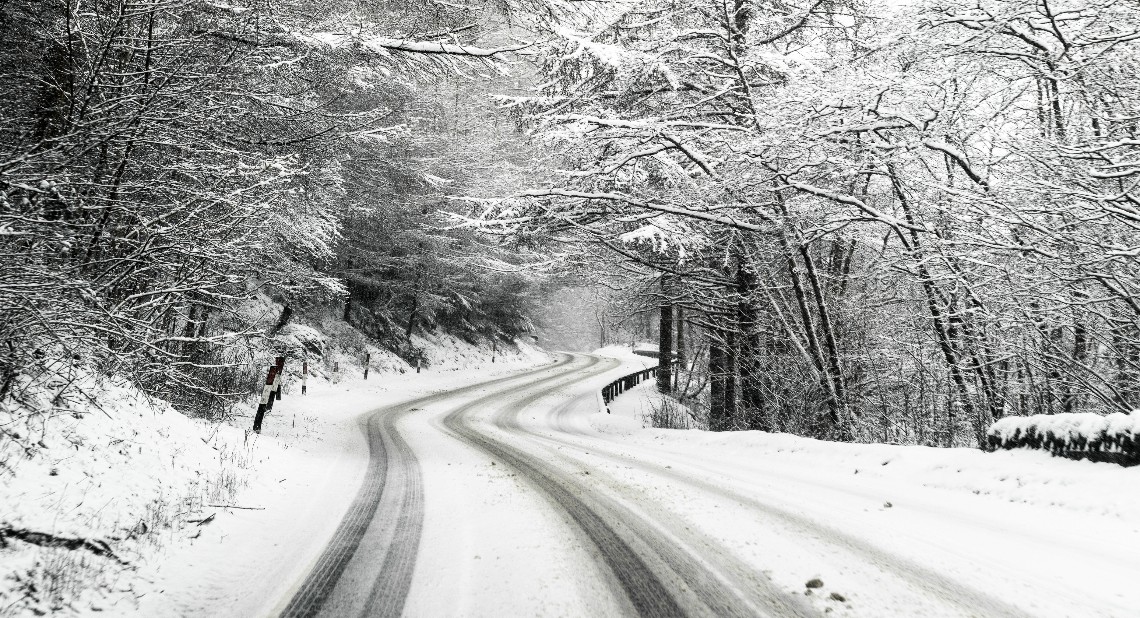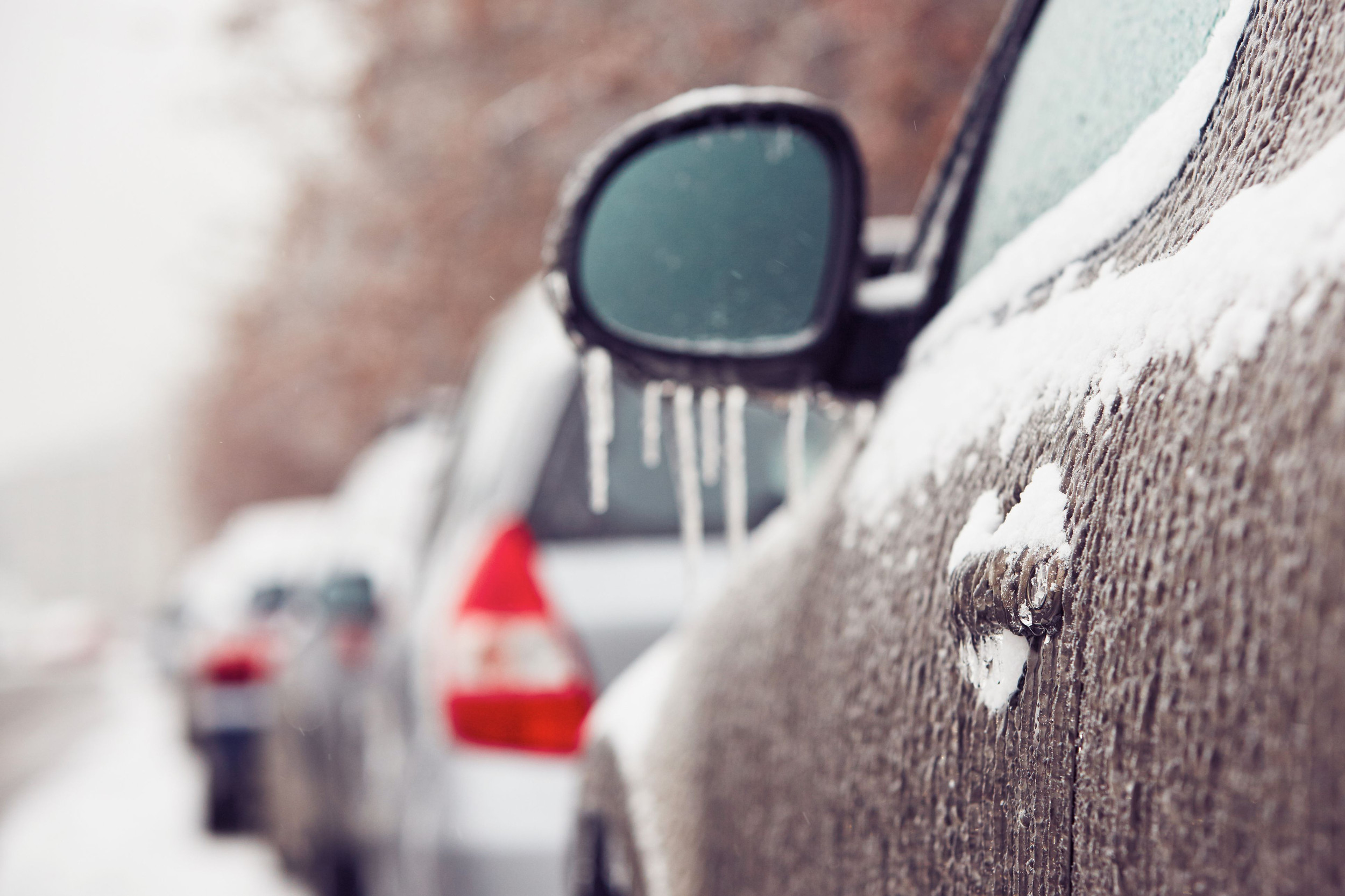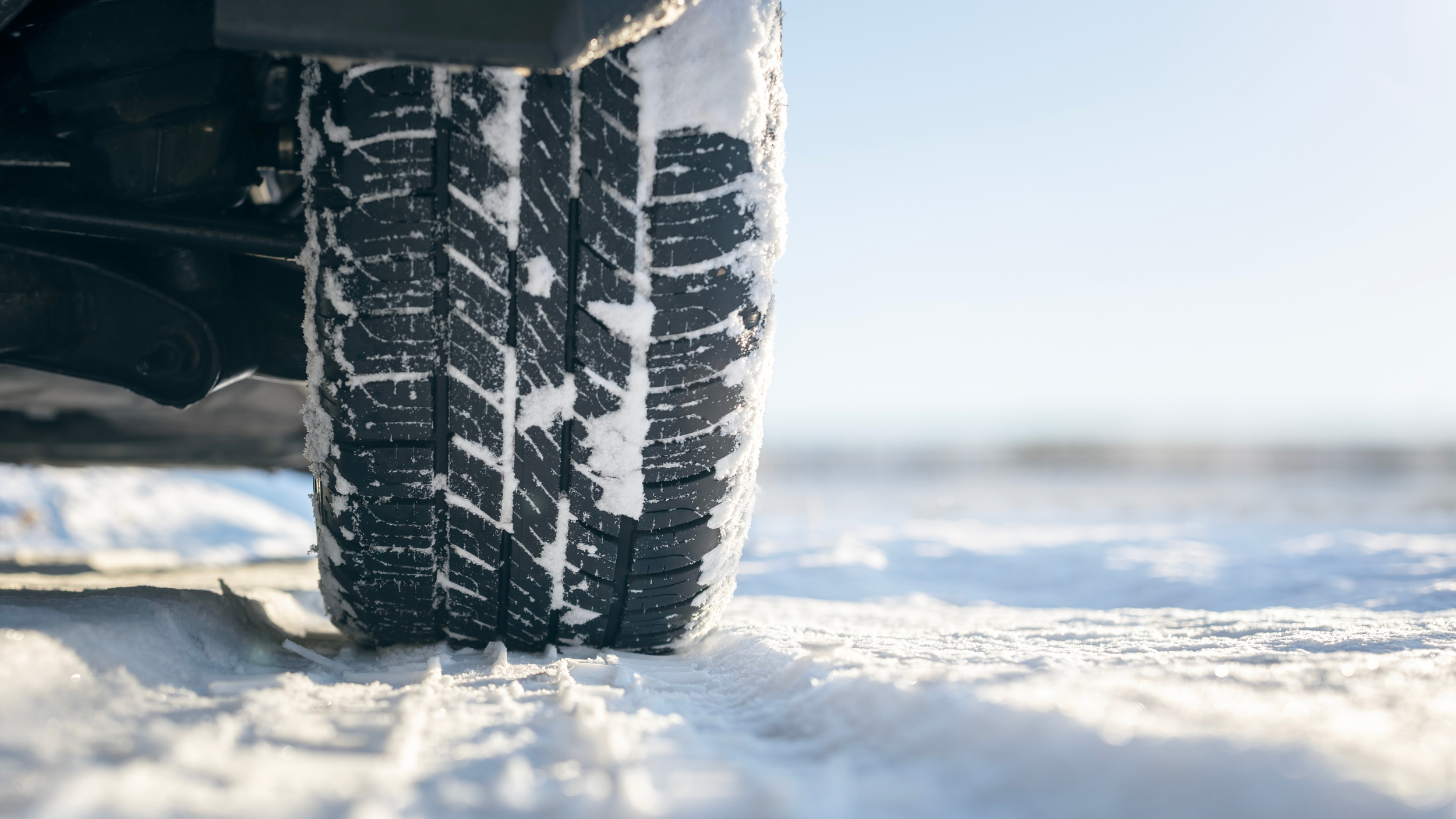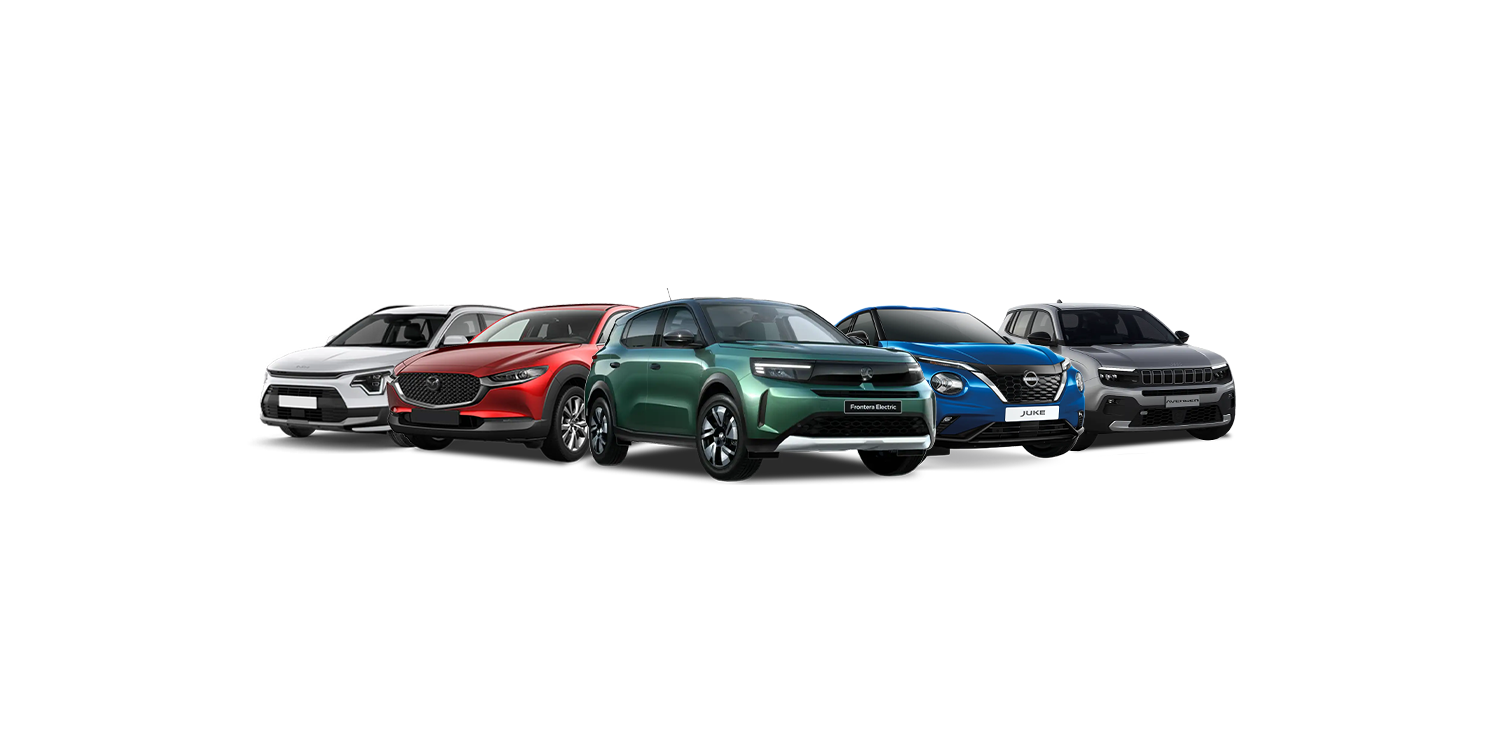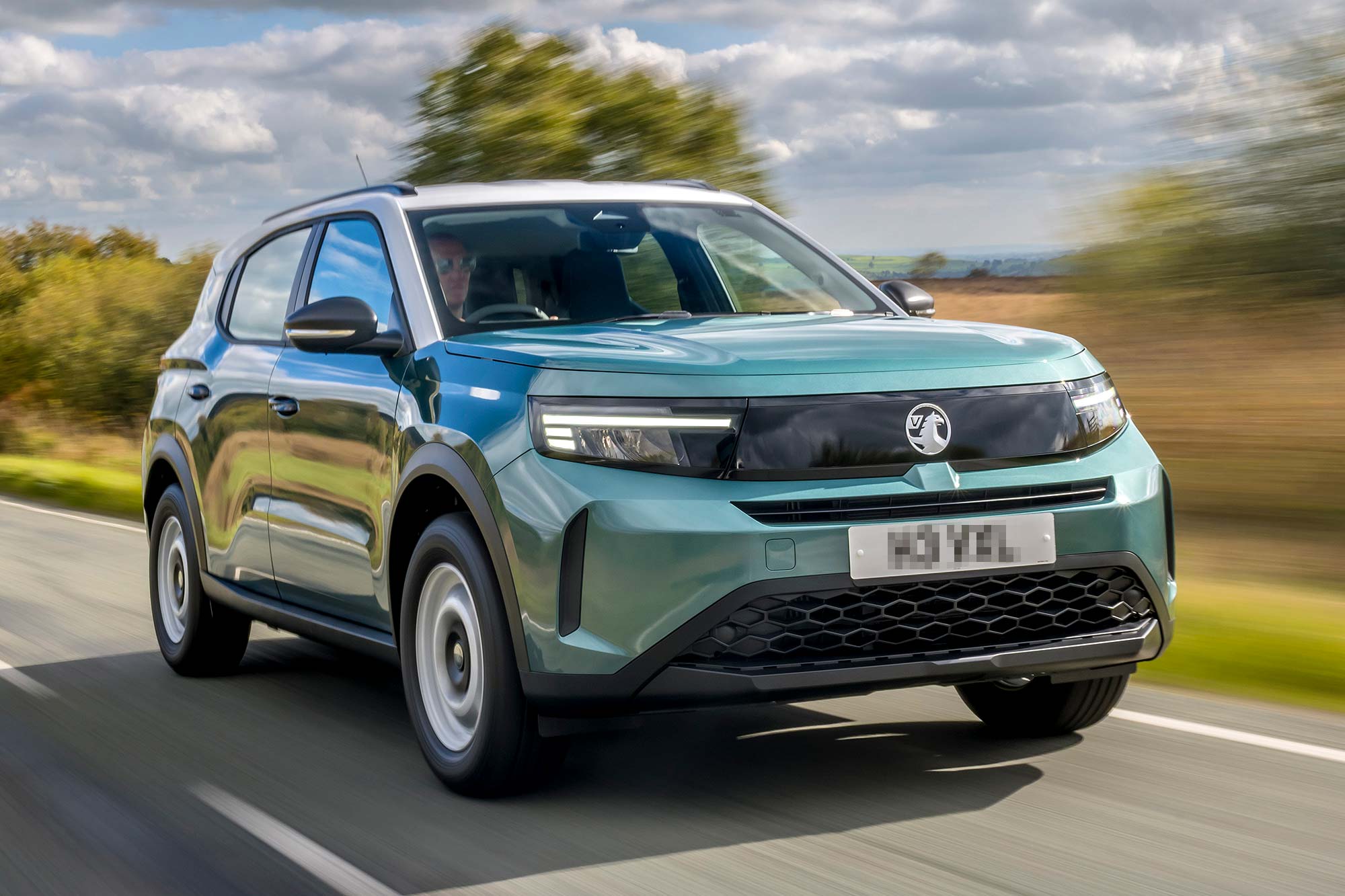Winter seemed to arrive really quickly this year. It felt like one weekend I was enjoying the autumn sunshine and the next I was having to wear a coat and put the heating on. With this winter forecast to be much colder than last year, it’s worth making sure you have the necessary know-how required for safe winter driving.
Only drive if you have to
One of the best bits of advice I was given about driving in really bad conditions is to ask yourself if your journey is absolutely necessary. Some employers can be a bit more flexible with working from home if the road conditions are terrible and many other appointments can be rearranged. One of my biggest fears about driving in the snow is getting stranded and having to spend a long period of time stuck in my car in the cold.
However, if you do have to go out you will need to think about how to drive in these different conditions and what preparations to make in case things don’t go quite as you planned.
Be prepared!
Before you head out into the bad weather it is a good idea to put together a bag of supplies to keep in your car. It should include food and water, warm clothing or a blanket, a torch, a first aid kit, a fully charged mobile phone and in car charger, high visibility clothing, jump leads, a shovel, road atlas, sunglasses, an ice scraper or deicing fluid, and some grit or sand.
I am a terrible map reader and rely very heavily on my sat nav to get to where I need to go. However, in bad weather sat nav’s shortest route along country lanes may not be the best as it is better to stick to main roads that are likely to have been cleared or gritted. You should therefore reset your sat nav to go on main roads and check your route on a map in case you need to override your sat nav instructions.
I am the kind of person who always likes to have a reasonable amount of fuel in my tank. Mainly because I never know if I’ll find a helpful petrol station when I’m out and about to help fill me up. However, in bad weather it is advisable to have some fuel in reserve as if you get stuck in a queue; you can run your engine to keep warm. However, if it is snowing and your exhaust pipe is getting blocked you will need to clear it to prevent carbon monoxide from building up in the car.
It’s good practice to regularly check the fluid levels in your car but in winter it is even more important. If you can’t do this yourself, you may find a local garage is happy to do this for you. In the cold weather you will also need make sure there is antifreeze in the screen wash as otherwise the pipes get frozen and washing your screen is impossible. It’s also advisable to periodically go on a longer journey to charge up the car battery as in cold weather a low battery might not be able to start the car.
Scraping ice off the windows is a job that many disabled drivers cannot do themselves and my own solution to this problem is to either ask my husband to do it for me or to just sit in the car with all the air vents on full until the windows have defrosted. This can be particularly unpleasant until the air has warmed up! If snow is forecast, which is very uncommon in Norfolk, I have a windscreen shield to put on my screen as waiting for the snow to melt can take a long time. What you shouldn’t do is use hot water as the temperature difference can crack the glass. You should also lift your windscreen wipers off the screen to make sure they’re not stuck as otherwise you risk ripping off the rubber blades.
Winter Tyres, chains and socks
Winter tyres are designed to offer optimum traction and grip in cold conditions, but work best at temperatures below seven degrees. It is not advisable to drive all year round with winter tyres as they have less grip once the weather warms up and they wear out more quickly. My sister lives in a small village in Bavaria where temperatures are below zero for most of the winter and so here everyone changes to winter tyres around November. With our milder winters they are not that common in the UK and only a small percentage of drivers choose to fit them, most of whom live in remote areas such as the Scottish Highlands.
The Motability Scheme lease covers all maintenance and servicing costs, however this does not include the cost for fitting winter tyres for your vehicle.
Fitting winter tyres to your Motability Scheme vehicle
Having visited my sister in Germany in the winter months I have had some experience of driving in heavy snow. Not having winter tyres I opted instead to use snow chains. These are chains that fit over the wheels and can only be used for roads covered in snow. However, they are tricky to fit, especially when snow is falling thick and fast and your hands are freezing cold, and this is not a job I could even attempt myself. Unless I’m visiting my sister I keep the chains in my garage and not in my car as even if it snows here, the roads are usually cleared very quickly and are not snowy enough to warrant their use.
Another alternative to snow chains are snow socks. These are fabric covers made of a material which grips snow that stretches to fit over the wheels. I’ve not tried these myself, but they are supposed to be easier to fit and certainly weigh less to transport. Although most drivers will not need chains or socks because we don’t have that much snow it is good practice to make sure that your tyres have good tread and are properly inflated as this is essential for safe winter driving.
Lights
The best setting to have your lights on to see in bad weather is the dipped beam setting. Do not use full beam, because the fog reflects the light back, reducing visibility even further. My car has automatic headlights so when it is foggy or poor visibility I have to override them manually to put them in this setting.
You shouldn’t use your fog lamps unless the visibility is reduced to 100 metres (328 feet) or roughly the length of a football pitch.
Safe follow distance
It was a very long time since I took my driving test, but I do remember learning stopping distances in various weather conditions. It actually takes 10 times longer to stop on an icy road as it does on a dry one. Therefore, you should have a much longer follow distance in icy conditions.
If another driver is following you too closely, try not to react by doing something provocative which might cause them to crash into you. If I can’t pull over and out of their way I make sure I have a significant follow distance between me and the next car so should I need to stop suddenly I can still slow down safely without them crashing into the back of me.
Avoiding skidding
The Institute of Advanced Motorists (IAM) recommends that when driving in snow you should start gently in second gear, avoid high revs and stay in a higher gear for better control. This is because lower revs mean the engine is turning more slowly, which reduces the risk of wheel spin. The IAM also advises that you should drive as smoothly as possible as any abrupt changes will cause the tyres to lose grip on the road’s surface which could lead to skidding.
If like me you drive an automatic you should check if there is a low-ratio mode, often indicated by a snowflake symbol or an ‘L’ on a switch near to the gear lever. If you don’t have this option, make sure you avoid using ‘sport’ mode. You should also avoid sharp steering or braking as this will increase the likelihood of your car skidding.
If the road is slippery you should avoid using your cruise control in order to maintain full control of your vehicle. If you feel your car start to skid, you should stop accelerating and allow the speed to drop by itself until you regain control. Although immediate reaction is to use the brakes you should avoid this as it will prolong the skid. If your car starts to spin, steer into the direction of the spin and allow the car to straighten up.
Things to look out for
In the winter, you are likely to come across lots of slow-moving vehicles such as snowploughs and gritting lorries. These will even be on motorways. Do take care when overtaking them as it is likely that the road in front of the plough or gritter won’t have been cleared of snow.
In the winter, animals have to go further afield in their hunt for food and are more likely to wander on or near roads. In areas where there are animal warning signs, do take steps to avoid collisions such as slowing your speed down.
When I was driving in Wales earlier this year on an icy morning, it was clear to see how the sun had melted the ice on the places it could reach but as soon as you went into a dip it was completely icy again. Therefore, it is important to be careful when driving over bridges and roadways that aren’t exposed to sunlight as they are often icy when other areas are not.
Other useful articles:
How to demist your windows fast
How to drive in snow: Top tips
What are dipped headlines and when should you use them?
The Motability Scheme enables disabled people and their families to access a brand new car or scooter, by exchanging their mobility allowance to lease the vehicle of their choice. Find out more:
![]()
